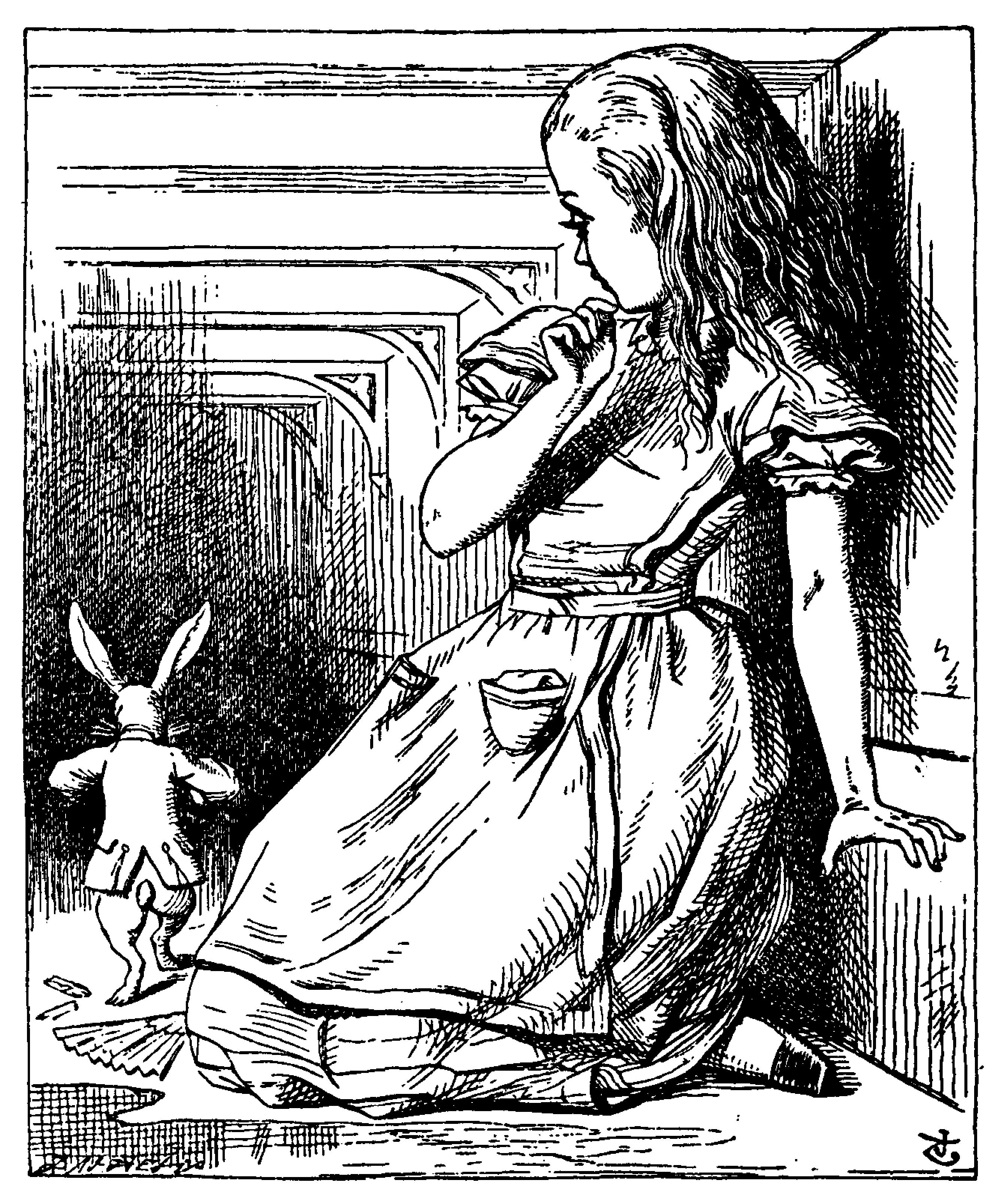Alice Today

Even now, Alice’s ideas inform how we view fantasy. Its elements are still used in children’s media, with countless stories of children finding other worlds and struggling with growing up, and its reaction to didactic literature formed modern children’s and fantasy literature as we know them. Even when separate, the genres continue to engage with the association between fantasy and childhood, often commenting on cultural priorities taught to us as children through fantasy. By creating space for non-didactic work, Alice fostered variety in children’s media, encouraged people to write for children as people with their own struggles, and laid the grounds for enchantment and “fancy” to be taken more seriously.
These aren’t even all the influences Alice has had on fantasy and children’s literature, but it would take too long to count the ways the book was influential, so we will stop here. However, I hope this website has given you a decent overview of how and why Alice’s Adventures in Wonderland had the effect it did on children's and fantasy literature.
If you want to read more about Alice's predecessors and twentieth-century fantasy, check out the sources by Cecire and Reichertz below!
Full Sources List
Carroll, Lewis. Alice's Adventures in Wonderland, Bantam Classic reissue edition (New York: Bantam Books, 2006).
Cecire, Maria Sachiko. Re-Enchanted: the Rise of Children's Fantasy Literature in the Twentieth Century (Minneapolis: University of Minnesota Press, 2019).
Reichertz, Ronald. The Making of the Alice Books: Lewis Carroll's Uses of Earlier Children's Literature (Montreal: McGill-Queen's University Press, 1997).